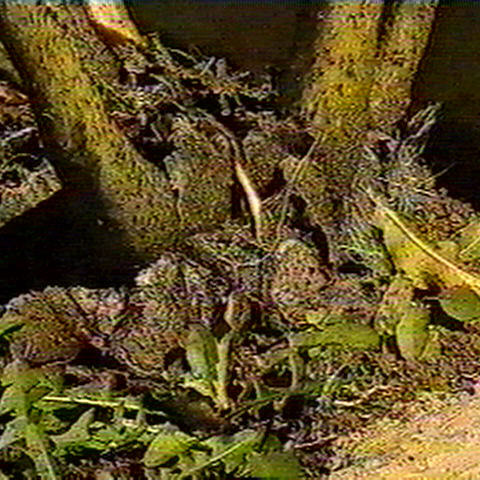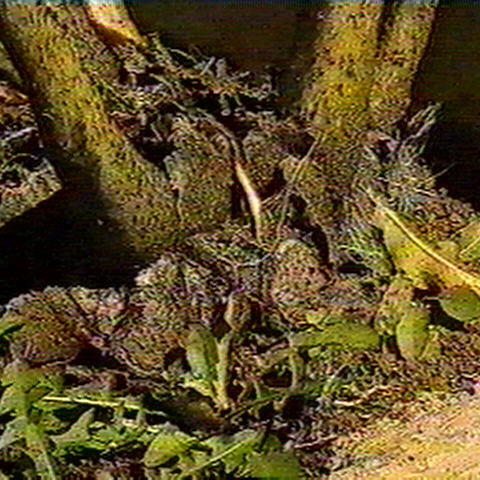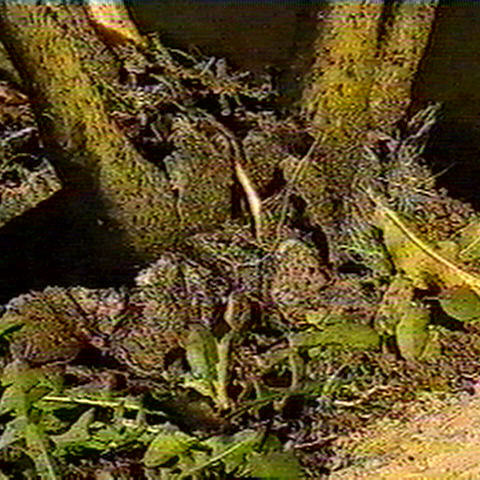AOTEA HARBOUR - AOTEAROA ~ NEW ZEALAND
Patiki (flounders) are a popular food source since they are easily caught by spearing. In the past they have been plentiful but there has been a noted decrease and this concern has been repeatedly expressed by our kaumatua(elders). We traditionally caught them by tramping them with our feet in the streams at low tide when we knew they were there in abundance. This was done only once a year for the poukai and coronation (we never overfished them as we knew this would deplete the number of patiki and we depended on them for an ongoing food source). They would be dried and some sent to Ngāruawāhia for the Koroneihana (coronation celebrations).
We traditionally used a fine netting to catch kiore (rats) and prevent them from getting to the patiki.
We traditionally used a fine netting to catch kiore (rats) and prevent them from getting to the patiki.
The following video is an excerpt from the New Zealand produced programme Tangaroa, where Davis Apiti shows television personality, Pio Terei how to spear for flounder in Aotea Harbour.
The following photos and instructions show kaumātua, John Mahara, preparing pātiki for drying (Pātiki Maroke):
-1-
Remove the head off the flounder.
Remove the head off the flounder.
-2-
Make an inch cut near the tail end to make a slit for the flax.
Make an inch cut near the tail end to make a slit for the flax.

Strip a piece of flax

Thread flax throught tail end
-3-
Strip a piece of flax and thread the flax through the split in the tail.
Strip a piece of flax and thread the flax through the split in the tail.
-4-
Tie the end and use the other end of the flax to join to another flounder so you have two flounders on one flax.
Tie the end and use the other end of the flax to join to another flounder so you have two flounders on one flax.
-5-
Put salt on the bottom of a dish and put the flounder black side down first. Rub salt all over the flounder. This helps with the preserving process and to repel flies. Leave overnight/24 hours for the salt to work into the flesh.
Put salt on the bottom of a dish and put the flounder black side down first. Rub salt all over the flounder. This helps with the preserving process and to repel flies. Leave overnight/24 hours for the salt to work into the flesh.


-6-
Hang outside for 1-2 weeks depending on the intensity of the sun before the flounder is dry enough to bring indoors to store. Keep in a safe, dry place where nothing can get to it until ready to use.
Hang outside for 1-2 weeks depending on the intensity of the sun before the flounder is dry enough to bring indoors to store. Keep in a safe, dry place where nothing can get to it until ready to use.
We would like to acknowledge and thank John Mahara for sharing his knowledge for this project.
Wellington restauraters Steve Logan and Al Brown visited Davis Apiti to experience spear floundering for their award-winning television series, Hunger for the Wild. They published a book based on this series.
Spring onions can be replaced with onions or shallots.
Brown and Logan. 2007: Hunger for the Wild. New Zealand. Random House New Zealand
Send us your pledge of support or contact us below:
Thank you!






